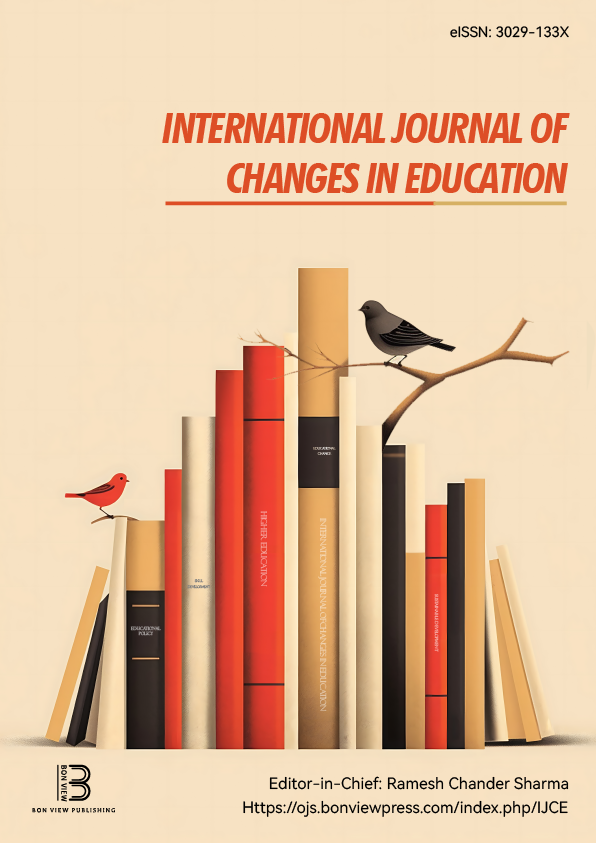Effects of Different Storage Conditions on Polished Rice After Cooking and Freezing
Marika Honma, Toyo University (Japan)
Mika Tsuyukubo, Toyo University (Japan)
Abstract
Rice undergoes gradual aging during storage, deteriorating in quality through physical and chemical changes. Physical property measurements of cooked rice stored at different temperatures (10°C, -20°C, -40°C, -60°C) and then cooked revealed changes in texture over time. Compared to rice stored for 0 months, longer storage periods resulted in harder rice with reduced stickiness. This change was most pronounced at 10°C, but at -20°C, -40°C, and at -60°C, the properties were nearly equivalent to those of 0-month-old rice[1]. This indicates that different storage temperatures affect the suppression of the aging process. In this study, rice was stored at 25°C (simulating room temperature), 4°C (simulating refrigerator storage), -20°C (simulating freezer storage), and -80°C (a lower temperature than previously reported). Rice was cooked monthly, and texture measurements, sugar content measurements, and X-ray internal observations were conducted for evaluation. In addition to confirms the effectiveness of ultra-low-temperature storage, this study also focused on frozen storage, which has gained attention in recent years. Cooked rice from different storage conditions was frozen for one week, and similar measurements were performed after thawing to examine the effects of different storage temperatures on frozen rice. This study scientifically demonstrates the effects of different storage temperatures on maintaining cooked rice quality. It shows the potential for application in science education as a subject for exploratory learning about food deterioration and preservation techniques.
Keywords: Polished Rice, Cooking rice, freezer storage, ultra-low-temperature
REFERENCES
[1]...Yasuko Kainuma. (2008). Freezing as a Method to Maintain the Quality of Polished Rice(Nippon Shokuhin Kagaku Kogaku Kaishi. Vol. 55, No.10 ,487~493
 New Perspectives in Science Education
New Perspectives in Science Education





























